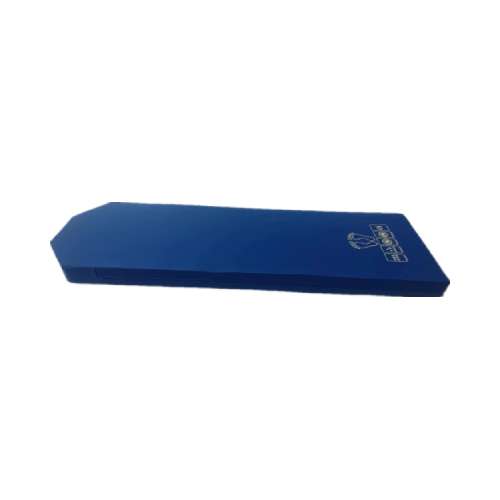famous pressure injury care
Understanding Pressure Injury Care A Comprehensive Overview
Pressure injuries, also known as pressure ulcers or bedsores, are localized damage to the skin and underlying tissue, often occurring over bony prominences due to prolonged pressure or friction. These injuries are a significant concern in healthcare, particularly for patients with limited mobility, such as those in long-term care or post-operative settings. Effective pressure injury care is crucial, as it not only impacts patient comfort but also affects recovery times and overall health outcomes.
Causes and Risk Factors
Pressure injuries develop when there is insufficient blood flow to the skin. Factors contributing to this condition include immobility, reduced sensation, moisture, poor nutrition, and advanced age. Patients with spinal cord injuries or neurological impairments are particularly vulnerable. The National Pressure Injury Advisory Panel (NPIAP) emphasizes the importance of identifying at-risk patients early to implement preventive measures.
Staging Pressure Injuries
Pressure injuries are classified into four stages based on severity
1. Stage I Non-blanchable erythema of intact skin. The area may be painful, firm, soft, warmer, or cooler compared to adjacent tissue. 2. Stage II Partial-thickness loss of skin, presenting as a shallow open ulcer with a red or pink wound bed. It may also involve an intact or ruptured serum-filled blister. 3. Stage III Full-thickness tissue loss, where subcutaneous fat may be visible, but bone, tendon, or muscle is not exposed. Slough may be present but does not obscure the depth of the tissue loss. 4. Stage IV Full-thickness tissue loss with exposed bone, tendon, or muscle. Slough or eschar may be present on some parts of the wound bed, and often involves undermining or tunneling.
Prevention Strategies
Preventing pressure injuries involves a multifaceted approach
1. Regular Repositioning Patients should be turned at least every two hours if they are unable to move independently. Utilizing pressure-relief devices such as special mattresses and cushions can significantly reduce the risk.
famous pressure injury care

2. Skin Care Maintaining skin integrity is vital. Regular skin assessments can identify early signs of pressure damage. Keeping the skin clean and moisturized while ensuring it remains dry is essential in preventing moisture-associated skin damage.
3. Nutrition Adequate nutrition plays a crucial role in skin health and wound healing. Patients should receive a balanced diet rich in vitamins and minerals, especially protein, to support tissue repair.
4. Education Training staff, patients, and caregivers about the importance of pressure injury prevention is crucial. Awareness can lead to better adherence to care protocols and empower individuals to take proactive measures.
Treatment of Pressure Injuries
For those patients who develop pressure injuries, a proper treatment plan is essential. This may include
1. Wound Care Management Regular cleaning and dressing of the wound to promote healing and prevent infection is critical. Different types of dressings may be employed depending on the stage of the injury. 2. Debridement In some cases, it may be necessary to remove necrotic tissue to promote healing. This can be done through various methods, including surgical removal, enzymatic agents, or autolytic debridement.
3. Pain Management Addressing the pain associated with pressure injuries is an important part of care. Adequate pain control can improve the patient’s quality of life and willingness to participate in mobility activities.
Conclusion
Pressure injuries are a preventable yet prevalent problem in healthcare settings. Effective pressure injury care involves a combination of preventive measures, appropriate treatment strategies, and ongoing education. By understanding the risk factors and implementing comprehensive care plans, healthcare providers can significantly reduce the incidence and impact of pressure injuries, ultimately improving patient outcomes and enhancing quality of life.
-
The Effect of Coconut Foam Mattress Breathability and Humidity Regulation on Improving Sleep QualityNewsJul.03,2025
-
How Wave Mattress Systems Improve Blood Circulation During ImmobilityNewsJul.03,2025
-
The Climate-Adaptive Sleep Revolution: Exploring the Benefits of Cooling Gel Memory Foam MattressesNewsJul.03,2025
-
Exploration of the Role of Coconut Foam Mattress in Preventing Bedsores in the ElderlyNewsJul.03,2025
-
Comparing Wave Mattress and Air Mattress: Which Is Better for Medical Use?NewsJul.03,2025
-
Analysis of Comfort and Environmental Performance of Natural Latex and Coconut Foam MattressNewsJul.03,2025
-
Multi-Layer Construction for Enhanced Performance in Gel Mattress PadNewsJun.24,2025

